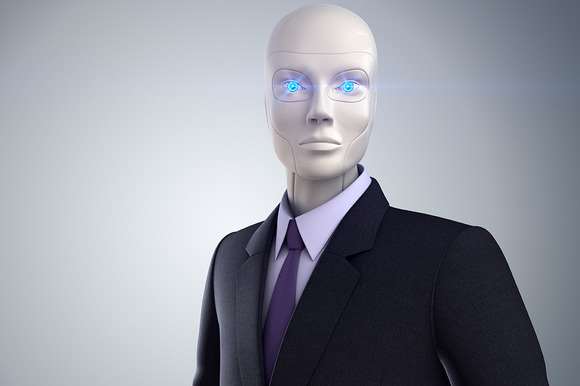
Artificial Intelligence (AI) is intelligence exhibited by machines.
Many picture robots when talking about AI, with the term colloquially applied to when machines mimic human cognitive functions like learning and problem solving.
Many different capabilities are attributed to being AI – from self-driving cars and intelligent routing, to speech recognition and automation.
The core elements of AI, specifically AI research, incllude reasoning, knowledge, leanring, natural language processing, perception and the ability to move objects.
John McCarthy is often regarded as the father of AI, having coined the term in 1955. However, this was years after English mathematician Alan Turing published ‘Computing Machinery and Intelligence’, which is often thought as the paper which opened the doors to AI research.
What has Frankenstein got to do with AI?
The idea of Artificial beings has been around for hundreds of years, with mechanical calculators often being cited as precursers to the AI we know today. AI has also never failed to capture the imagination, with Mary Shelley’s Frankenstein bringing the idea of an artificial being to life via fiction.
Today, there are examples of AI aiding everyday life everywhere – from the virtual assistant in your smartphone, to the automated bot giving customer service online.
One of the best known AI systems in business is IBM Watson, the cognitive computing system by IBM. Named after IBM’s first CEO, industrialist Thomas J. Watson, the system was first designed to answer questions on the quiz show Jeopardy!
Today, IBM Watson is deployed in business to gain better insights and simplify processes, while also being deployed in other areas like healthcare. It’s goal, accroding to IBM, is to “have computers start to interact in natural human terms across a range of applications and processes, understanding the questions that humans ask and providing answers that humans can understand and justify.”






